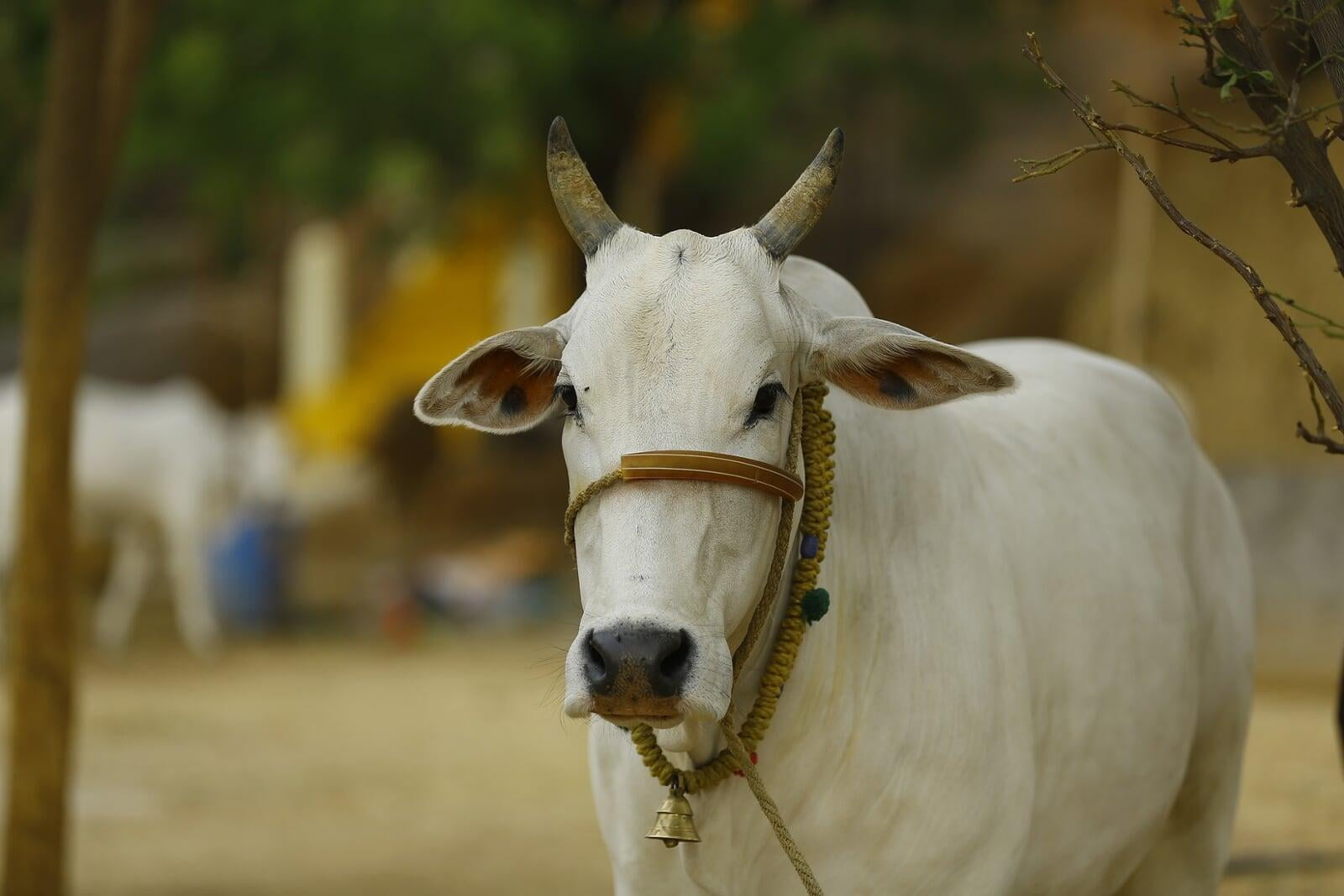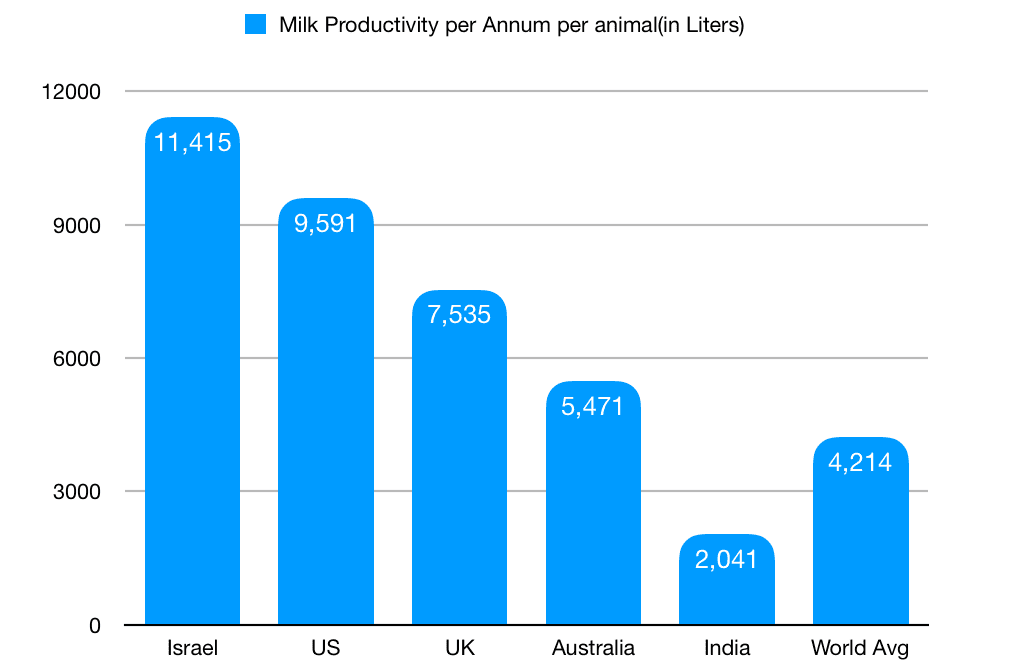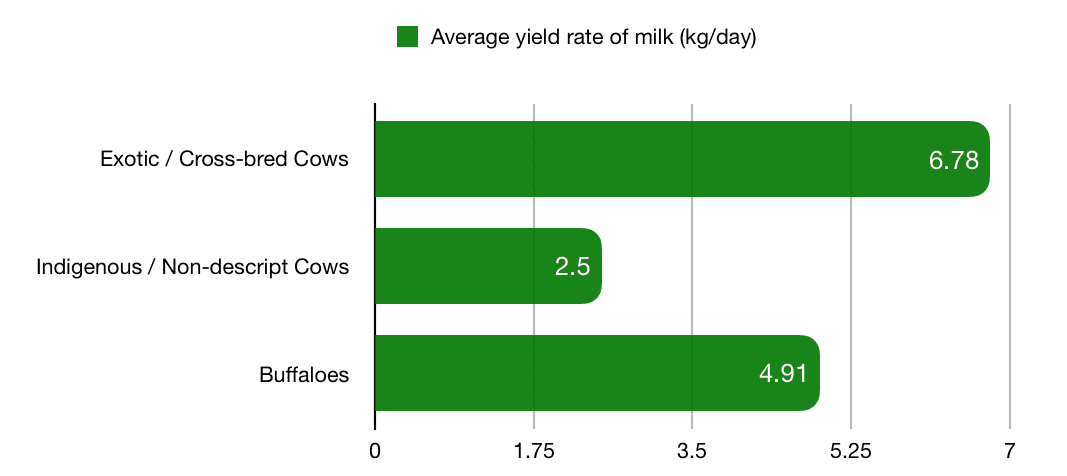Yes. The Govt. statistics validate that. Further, the yield per cattle in India lags not only behind the developed (60% - 80% lesser yield) nations but even far behind the overall world average (less than 50%) taken as a whole. Interested readers can go through this study to validate the facts and know more about dairy business in India.
Demand for Hydroponic Fodder
We have settled the question of need, but is there enough demand? Shouldn't the need itself result in demand? This question is a tricky one. For demand to be there, the dairy farmers need to know the statistics and get educated on the right feed mix and its impact on yield. In our country, around 88% of livestock is owned by small and marginal farmers. Disseminating information becomes a challenge at that level. Further, spending upfront on green fodder, when they cannot command the right price for the milk (as per some field reports, net realization at farmer level hovers at around 50% of the market selling price) may be a challenge for them.
It's no surprise then that the average yield per cattle in India is way lower than the animal's capacity. This data is as per the annual report 2014-15 published by the ministry of agriculture.
That probably paves the way for mini Grameen entrepreneurs or small groups of farmers/cooperatives to set-up small scale Hydroponic fodder units to cater to the needs of a small collective of farmers. The case is laid out well in this report by the National Bank for Agriculture & Rural Development (NABARD).
To validate the figures and to ascertain the cost-economics of a Hydroponic Fodder unit, we decided to do a little experiment of our own. In a couple of weeks from now, we will share the results and indicative economics of managing a Hydroponic fodder unit with you. Till then,
HappyFarming!


